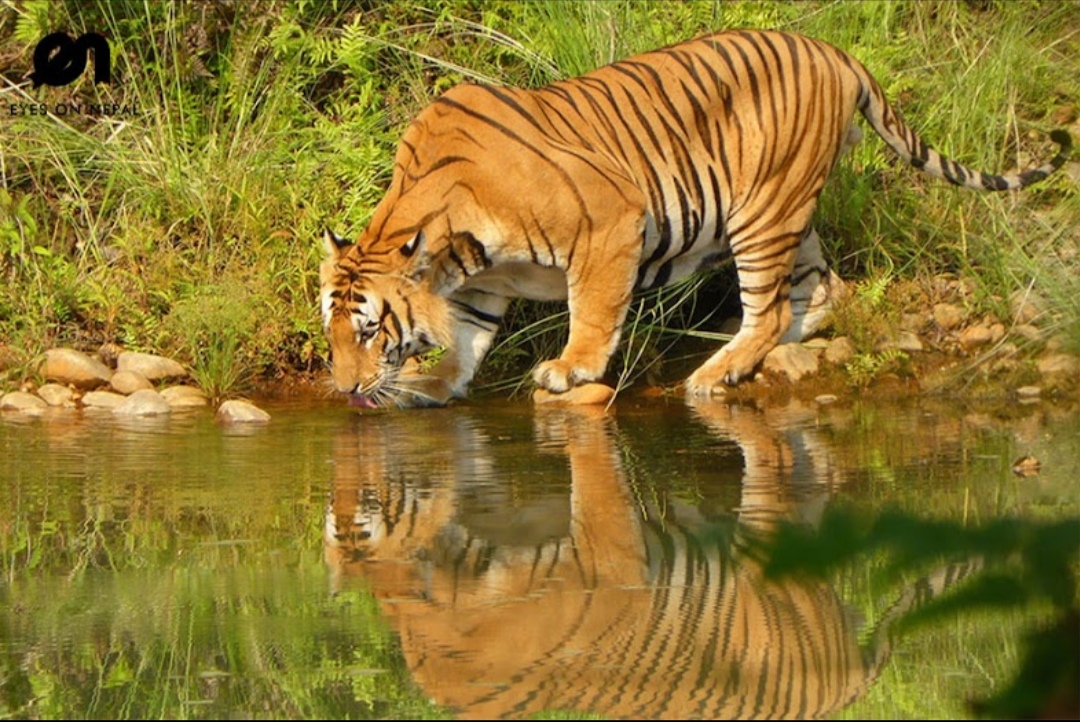Kathmandu, January 31, 2025
Bardiya National Park, renowned for its rich biodiversity and thriving tiger population, is witnessing a significant rise in tourist numbers, reaffirming its position as one of Nepal’s premier wildlife destinations. According to the park authorities, the fiscal year 2080/81 saw an 11% increase in visitors compared to the previous year, showcasing a growing global interest in Nepal’s natural treasures.
Tourism Growth and Economic Impact
In 2080/81, Bardiya National Park welcomed 26,131 visitors, a notable rise from 24,324 in 2079/80. This included 18,010 Nepali tourists, 6,684 foreign visitors, and 1,437 SAARC nationals. The surge in ecotourism contributed to record revenue generation, with NPR 28.4 million collected, underlining the park’s critical role in Nepal’s conservation economy.
Senior Conservation Officer Dr. Ashok Kumar Ram highlighted that revenue from tourism not only supports the park’s conservation efforts but also benefits local communities by creating jobs and promoting sustainable tourism practices.
Why Bardiya Attracts Tourists
Bardiya’s appeal lies in its unique ability to offer a comprehensive wildlife experience. The park is home to 125 Bengal tigers, making it a prime destination for tiger enthusiasts. Additionally, visitors can spot one-horned rhinos, wild elephants, leopards, spotted deer, and barasinghas, among other species. In total, the park shelters 61 mammal species, over 42 reptile species, and 513 bird species, including migratory ones.
The ease of spotting tigers and other wildlife in their natural habitat has become a significant draw for both domestic and international tourists. Tourism entrepreneur Mohan Chaudhary remarked that the industry, which had slowed during the COVID-19 pandemic, is now experiencing a robust revival.
Conservation and Community Benefits
The steady increase in tourist numbers reflects the success of Nepal’s conservation policies and the collaborative efforts of park authorities, local communities, and conservation organizations. Tourism revenue directly supports the park’s management and anti-poaching initiatives while improving local livelihoods through eco-friendly businesses.
Future Prospects
With the upward trend in visitor numbers, Bardiya National Park is poised to become a model for balancing conservation with sustainable tourism. The park’s management expects further growth in the current fiscal year, driven by ongoing promotional efforts and enhanced facilities for visitors.
As Nepal positions itself as a global leader in biodiversity conservation, Bardiya National Park stands as a shining example of how natural resources, if managed responsibly, can simultaneously protect wildlife and uplift communities.